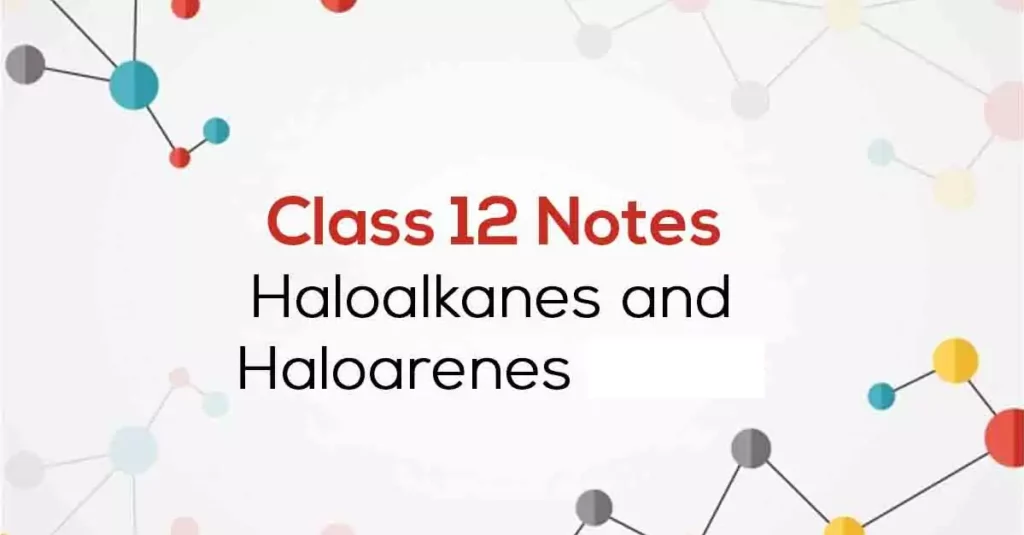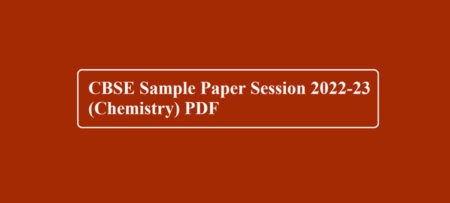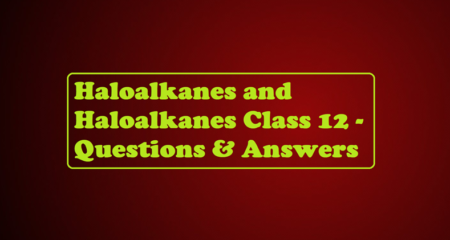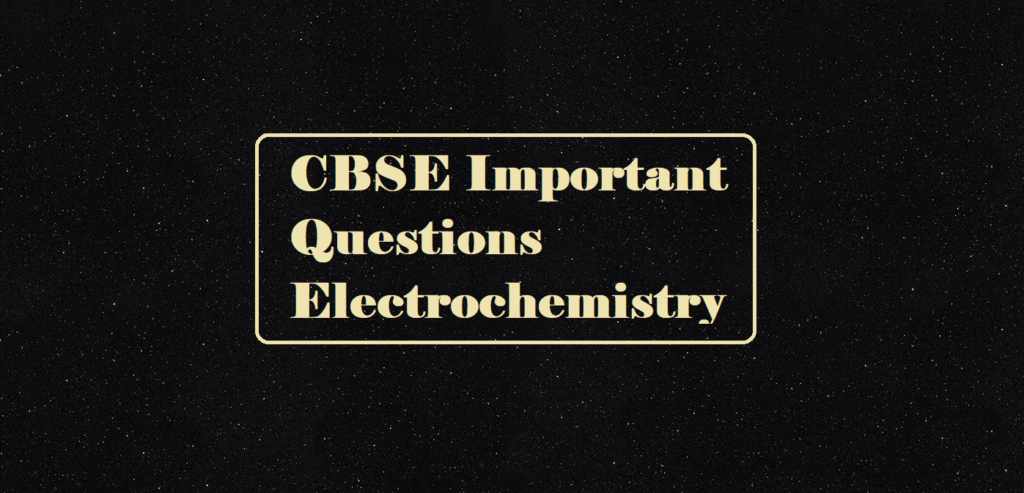Haloalkanes and Haloarenes Notes
Introduction:
The replacement of hydrogen atom(s) in a hydrocarbon, aliphatic or aromatic, by halogen atom(s), results in the formation of alkyl halide (haloalkane) and aryl halide (haloarene), respectively.
These are compounds containing halogen atoms attached to an alkyl or aryl group. The general representation of haloalkanes is R-X and that of haloarenes is Ar-X [where X = F, Cl, Br, I].
These classes of compounds find wide applications in industry as well as in day-to-day life. They are used as solvents for relatively non-polar compounds and as starting materials for the synthesis of a wide range of organic compounds.
Classification:
Haloalkanes and haloarenes may be classified as follows:
(i) On the Basis of Number of Halogen Atoms: Alkyl halides and aryl halides both are classified as mono-, di-, tri- or polyhalogen derivatives depending on the number of halogen atoms present in their structure.
Mono-halogen compounds contain only one halogen atom, dihalo-compounds contain 2 halogen atoms and poly-halogen compounds contain more than 2 halogen atoms.
C2H5X —— Mono-halogen Compound
XCH2 – CH2X ——- Di-halogen Compound
XCH2 – CHX – CH2X ——- Poly-halogen Compound
(ii) Compounds Containing sp3 C-X Bond:
a). Alkyl Halides or Haloalkanes: Here the halogen atom is directly bonded to sp3 hybridized C atom of an alkyl group. They are further classified as primary, secondary or tertiary according to the nature of carbon to which halogen atom is attached. Their general formula may be:
Primary haloalkane: R-CH2-X,
Secondary haloalkane: R2CH-X
Tertiary haloalkane: R3C-X
 Haloalkanes and Haloarenes Notes
Haloalkanes and Haloarenes Notes
b). Allylic Halides: These are the compounds in which the halogen atom is bonded to sp3 hybridized carbon atom next to a C = C bond. E.g.: CH2=CH-CH2X.
c). Benzylic Halides: These are the compounds in which the halogen atom is bonded to a sp3-hybridised carbon atom next to an aromatic ring. For example. C6H5-CH2-X.
(iii) Compounds having sp2 C-X bond: This class includes:
(a) Vinylic Halides: These are the compounds in which the halogen atom is bonded to a sp2-hybridised carbon atom of a carbon-carbon double bond (C = C).
E.g.: CH2=CH-X.
(b) Aryl halides: Here the halogen atom is directly bonded to sp2 hybridized carbon atom of an aromatic ring. E.g.: C6H5-X.
Nature of C-X Bond
Since halogen atoms are more electronegative than carbon, the carbon halogen bond of alkyl halide is polarised the carbon atom bears a partial positive charge whereas the halogen atom bears a partial negative charge.
Haloalkanes and Haloarenes Notes
Methods of preparation
Alkyl halides are best prepared from alcohols, which are easily accessible. The hydroxyl group of an alcohol is replaced by halogen on reaction with concentrated halogen acids, phosphorus halides, or thionyl chloride.
(i) From alcohols:
a). By the action of concentrated halogen acids on alcohols in the presence of anhydrous ZnCl2 as a catalyst.
R − OH + HX → R − X + H2O
Rate: HI > HBr > HCl
Tertiary (3°) > Secondary (2°) > Primary (1°)
o Since HCl is least reactive it requires the presence of anhydrous ZnCl2 for the reaction
o This reaction forms the basis of the Lucas Test which is used to distinguish between 10, 20, and 30 alcohols.
| PrimaryAlcohol | The solution remains colourless unless it is subjected to heat. The solution forms an oily layer when heated. Example: 1-Pentanol. |
| SecondaryAlcohol | The solution turns turbid and forms an oily layer in three to five minutes (varies based on the solubility). Example: 2-Pentanol. |
| TertiaryAlcohol | The solution turns turbid and forms an oily layer immediately. Example: 2-methyl-2-butanol. |
o Reactions of primary and secondary alcohols with HI require the presence of an. ZnCl2, while tertiary alcohols do not require the catalyst.
b). By the action of phosphorus halides with alcohols.
R − OH + PX5 → R − X + POX3 + HX
3 R − OH + PX3 → 3R − X + H3PO3
(1) Chloro alkanes are obtained by the direct reaction with PCl5 or PCl3.
(2) PI3 and PBr3 are generated in situ by the reaction of red phosphorus with iodine or bromine respectively.
c). Alkyl chlorides are obtained by the action of thionyl chloride (SOCl2) with alcohols.
R − OH + SOCl2 → R − Cl + SO2 (g) + HCl(g)
Among these methods, the reaction with thionyl chloride (SOCl2) is preferred, since the byproducts are gases and are easily escaped from the reaction medium.
The preparation of aryl halide from phenols becomes difficult since the carbon-oxygen bond in phenols has a partial double bond character and hence is difficult to break.
(ii) From Hydrocarbons:
(a) By free radical halogenation: Free radical chlorination or bromination of alkanes in presence of light gives a complex mixture of isomeric mono- and polyhaloalkanes, which is difficult to separate as pure compounds. Consequently, the yield of any one compound is low.
CH4 + Cl2 → CH3Cl + CH2Cl2 + CHCl3 + CCl4
o Order of ease of replacement of a hydrogen atom is:
Tertiary > Secondary > Primary > CH4
o Iodination is also difficult because of the low reactivity of iodine. Secondly, HI which is formed during the reaction is a strong reducing agent and reduces alkyl iodide back to hydrocarbon. Thus, iodination can only be carried out in the presence of oxidizing agents like HNO3, HIO3 or HIO4. These oxidizing agents react with HI and oxidize it to iodine thus preventing the reverse reaction.
CH3CH3 + I2 → CH3CH2I + HI
5HI + HIO3 → 3I2 + 3H2O
(b) Electrophilic Substitution: Benzene or its derivatives when heated with Cl2 or Br2 in presence of iron or Lewis acids like anhydrous FeCl3 (ferric chloride) or AlCl3, we get aryl chlorides or bromides.


The ortho and meta isomers can be easily separated due to their large difference in melting point. For the preparation of aryl iodides, arenes are treated with I2 in presence of an oxidising agent like HNO3 or HIO4 (periodic acid) to oxidise the HI formed during the reaction.
(c) Sandmeyer’s reaction: Aromatic primary amines when treated with mineral acids like HCl and sodium nitrite (NaNO2) at cold conditions, an aromatic diazonium salt is formed. This reaction is called Diazotisation.
When a diazonium salt is treated with HX in presence of cuprous halide (Cu2X2), we get a halobenzene. This reaction is called Sandmeyer’s Reaction.
Note: If the cuprous halide is replaced by copper powder, the reaction is called Gattermann’s Reaction. For the preparation of iodobenzene, the diazonium salt is treated with potassium iodide (KI).
Haloalkanes and Haloarenes Notes
(iii) From alkenes:
a)Addition of hydrogen halides: An alkene is converted to corresponding alkyl halide by reaction with hydrogen chloride, hydrogen bromide, or hydrogen iodide.
CH2=CH2 + HBr → CH3 — CH2Br + HBr
In the case of unsymmetrical alkenes, the addition takes place according to Markownikoff’s rule. [The rule states that “When an unsymmetrical reagent is added to an unsymmetrical alkene, the negative part of the addendum (adding molecule) gets attached to the carbon-containing lesser number of hydrogen atoms”)
CH3-CH=CH2 + HBr → CH3-CH2-CH2Br + CH3-CHBr-CH3
(minor) (major)
b). Addition of Halogen: Alkenes add halogen to form vicinal dihalides (2 halogen atoms on adjacent C atoms). For e.g. addition of bromine in CCl4 to an alkene results in the formation of vicinal dibromides and also in the discharge of the reddish-brown colour of Br2 in CCl4. So this is used as a test for unsaturation.
CH2 = CH2 + Br2 → CH2Br – CH2Br
(1,2-dibromoethane)
(iv) Halogen Exchange Reactions
a) Finkelstein reaction: Alkyl chlorides or bromides when treated with NaI in dry acetone, alkyl iodides are formed. This reaction is known as Finkelstein reaction.
R-X + NaI → R-I + NaX (where X = Cl, Br)
b) Swarts reaction: This method is used for the preparation of alkyl fluorides. Here alkyl chloride or bromide is treated with a metallic fluoride like AgF, Hg2F2, CoF2 or SbF3, to get alkyl fluoride.
R-X + AgF → R-F + AgX (where X = Cl or Br)
R-X + CoF2 → R-F + CoX2
Haloalkanes and Haloarenes Notes





